Reading Speed Explained: How to Test and Increase Your WPM
Understanding Reading Speed and Its Importance
In today's fast-paced world, the ability to efficiently absorb information is more crucial than ever. Reading speed, often measured in Words Per Minute (WPM), plays a significant role in how effectively we learn, work, and navigate the constant influx of information. A higher reading speed can translate to better academic performance, increased productivity at work, and a greater ability to stay informed.
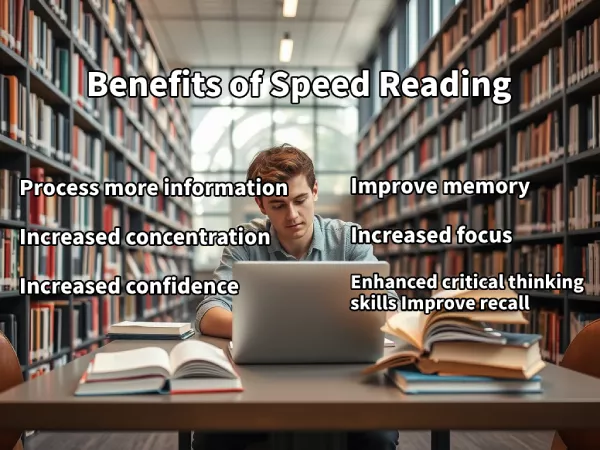
This article serves as a comprehensive guide to understanding your current reading speed, identifying areas for improvement, and implementing strategies to enhance both your reading speed and comprehension. We'll delve into practical techniques and tools, including the free reading speed test available at [https://readingspeedtest.net], to help you become a more efficient and effective reader.
What Is a Healthy Reading Speed?
Determining a "healthy" reading speed depends largely on individual factors and the type of material being read. However, understanding average benchmarks can provide a useful point of reference.
What defines a "healthy" reading speed?
A "healthy" reading speed is one that allows you to comprehend and retain information effectively while maintaining a comfortable pace. It's not just about reading faster; it's about reading smarter. Dr. Emily Carter, a reading specialist at the University of California, Berkeley, emphasizes that "optimal reading speed is a balance between pace and comprehension, tailored to the individual and the text".
Average reading speed benchmarks by age and profession
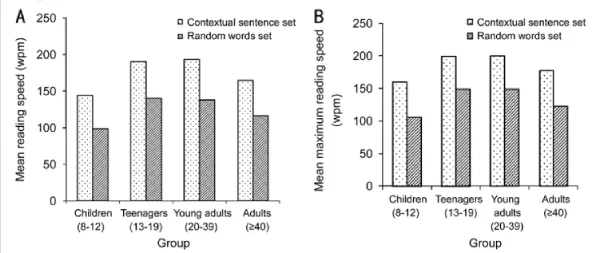
- Students: Average reading speeds for students vary by age. Elementary school students typically read at a slower pace than high school or college students.
- Professionals: The demands of different professions can influence reading speed needs. For example, lawyers and academics often require higher reading speeds to keep up with vast amounts of literature.
- General Adult Population: The average reading speed for adults is around 200-250 WPM. According to a study by the National Center for Education Statistics, the average adult reading speed in the United States is approximately 200 WPM. Keep in mind that these are just averages, and individual reading speeds can vary significantly.
How does reading speed impact comprehension?
The relationship between reading speed and comprehension is complex. While increasing reading speed is desirable, it's essential to ensure that comprehension doesn't suffer. Speed without understanding is of little value.
How to Determine Your Reading Speed?
Knowing your baseline reading speed is the first step toward improvement. There are several methods you can use to assess your WPM.
Self-assessment: Measuring WPM (Words Per Minute)
You can manually calculate your WPM by timing yourself reading a passage and then dividing the number of words read by the number of minutes it took you to read them.
Online tools to check your reading speed
Online tools offer a more convenient way to measure your reading speed. ReadingSpeed Test provides a free online reading speed test that assesses both your speed and comprehension. Our reading speed test presents you with random articles followed by comprehension questions with multiple-choice answers. The test analyzes your reading time and the accuracy of your answers to provide a reading speed (WPM) score and a reading comprehension score.
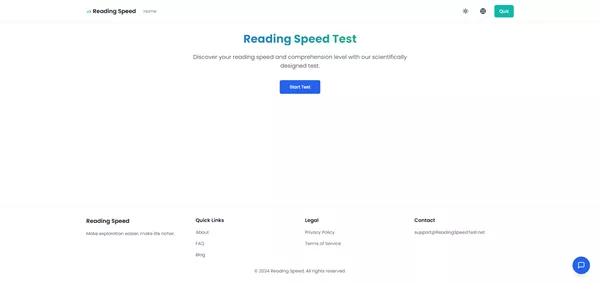
Common mistakes when measuring reading speed
- Reading too fast to impress: Focus on reading at your natural pace.
- Using overly simple texts: Choose texts that are representative of what you typically read.
- Not accounting for comprehension: Remember, speed without comprehension is useless.
What Factors Affect Reading Speed?
Several factors can influence your reading speed, both internal and external.
The role of subvocalization and regression
- Subvocalization: This is the habit of "sounding out" words in your head as you read. It slows down reading speed significantly. Cognitive psychologist Dr. Alan Baddeley suggests that subvocalization can reduce reading speed by as much as 50%.

- Regression: This involves re-reading words or phrases, often unconsciously. It disrupts the flow of reading and reduces efficiency.
How distractions impact reading efficiency
External distractions, such as noise or interruptions, can break your concentration and reduce reading speed. Internal distractions, such as wandering thoughts, can also have a negative impact.
Brain processing speed and reading comprehension
Your brain's ability to process information also plays a role in reading speed. People with faster processing speeds tend to read more quickly and efficiently.
Average Reading Speed by Age and Country
Reading speed varies not only by individual but also by age group and geographical location.
Reading speed trends among children, adults, and seniors
- Children: Reading speed typically increases with age as children develop their reading skills.
- Adults: Reading speed tends to plateau in adulthood but can still be improved with training.
- Seniors: Reading speed may decline slightly with age due to factors such as vision changes or cognitive decline.
Global comparisons: Which countries read the fastest?
Studies suggest that reading speeds can vary across countries due to differences in educational systems and language structures. However, there is no definitive ranking of countries by reading speed.
Factors influencing reading speed differences
- Education systems: Countries with strong literacy programs tend to have populations with higher average reading speeds.
- Language structure: Languages with simpler orthographies (spelling systems) may be easier to read quickly.
- Access to resources: Availability of books, reading materials, and educational resources can impact reading speed.
Speed Reading: Techniques and Best Practices
Speed reading involves using techniques to increase your reading speed without sacrificing comprehension.
The science behind speed reading
Speed reading techniques work by training your eyes and brain to process information more efficiently.
Popular speed reading techniques (chunking, skimming, scanning)
- Chunking: Grouping words together into meaningful phrases or chunks to reduce the number of eye fixations.
- Skimming: Reading quickly to get a general overview of the material.
- Scanning: Searching for specific information within a text.
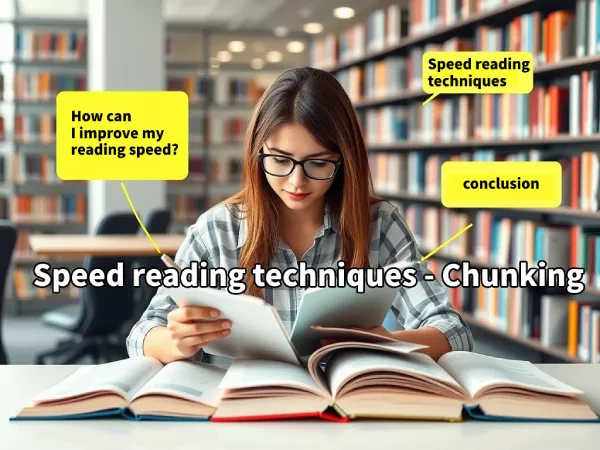
Does speed reading sacrifice comprehension?
When used correctly, speed reading should not significantly reduce comprehension. However, it's essential to find a balance between speed and understanding.
Improving Reading Comprehension Alongside Speed
It's crucial to improve reading comprehension while working on increasing your reading speed.
The balance between speed and understanding
The key is to find a reading speed that allows you to understand and retain the information you're reading.
Effective exercises to improve reading comprehension
- Active reading: Engaging with the text by asking questions and making notes.
- Summarizing: Condensing the main ideas of a passage into a brief summary.
- Vocabulary building: Expanding your vocabulary to improve comprehension.
How to retain more information while reading faster
Focus on identifying key concepts and main ideas while reading. Take breaks and review the material to reinforce your understanding.
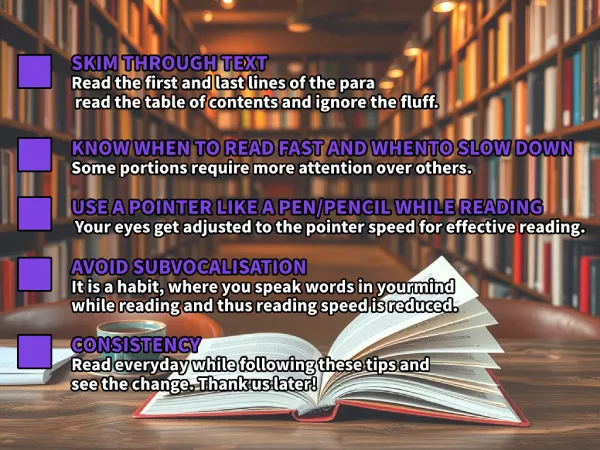
Tools and Tests to Measure Your Reading Speed
Several online platforms offer reading speed tests and tools to track your progress.
Top online reading speed test platforms
ReadingSpeed Test is a valuable tool for accurately measuring your reading speed and comprehension. We've designed our test to provide a personalized assessment of your reading skills, helping you identify your strengths and weaknesses.
How to interpret your test results
Your test results will provide your WPM score and an assessment of your comprehension. Use this information to identify areas for improvement.
Setting realistic goals for improvement
Set achievable goals for increasing your reading speed gradually over time. Focus on making consistent progress rather than trying to make drastic changes overnight. Regular use of the ReadingSpeed Test tool can help track your progress and keep you motivated. Remember that improving your reading comprehension is as important as improving reading speed.
FAQs: Common Questions About Reading Speed and Comprehension
Is 400 WPM reading good?
A reading speed of 400 WPM is considered above average and is often associated with speed reading skills. However, it's important to note that comprehension is key. A high WPM without understanding is not beneficial.
Why do I read but don’t understand?
This could be due to factors such as lack of concentration, inadequate vocabulary, or reading too quickly without proper focus.
How can I train myself to read faster?
Practice speed reading techniques, reduce subvocalization, and work on expanding your vocabulary. Consistent practice is key.
The Path to Becoming a Faster, Better Reader
Improving your reading speed is a journey that requires dedication and consistent effort. By understanding the factors that influence reading speed, implementing effective techniques, and tracking your progress, you can become a more efficient and effective reader. Our reading speed test is designed to help you roughly understand your reading speed level. As a new website, we are still working hard to collect more data to improve the accuracy of the test. Currently, our test is based on random article content and presents questions and options for users to answer. We then provide a reading time and reading comprehension accuracy score based on the time taken and the accuracy of the selections. We encourage you to use the test results as a reference and, based on your own situation, develop a plan to improve your reading comprehension. Remember to focus on both speed and comprehension to maximize the benefits of improved reading abilities. Consider if you might have a learning disorder, and make sure to take a dyscalculia test or other similar assessment.
